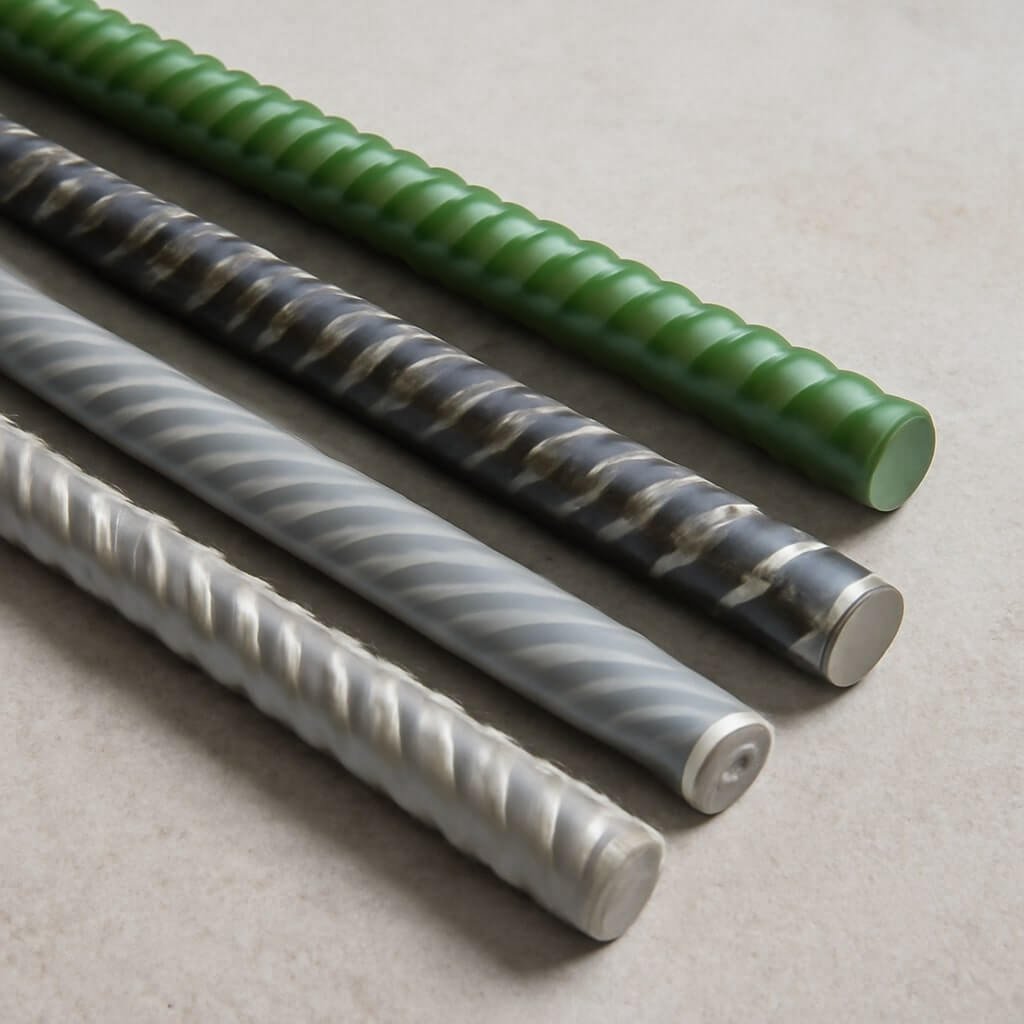Concrete remains the backbone of modern construction. Whether you’re building a towering skyscraper or a small patio, designing the perfect concrete mix for maximum strength is crucial for durability and safety. In this comprehensive guide, we’ll dive deep into the essentials of concrete mix design, exploring key factors, expert tips, and quality control measures to help you achieve the strongest, most reliable concrete.
Understanding Concrete Mix Basics
What Is Concrete Mix?
Concrete mix is a combination of cement, aggregates (sand, gravel, or crushed stone), water, and sometimes admixtures. The right balance of these components determines the concrete’s strength, workability, and durability.
Key Components of Concrete
- Cement: The binder that holds everything together.
- Aggregates: Provide volume and stability.
- Water: Activates the cement and helps the mix harden.
- Admixtures: Optional additives to enhance properties like workability, setting time, or strength.
Factors Influencing Concrete Strength
Water-Cement Ratio
One of the most critical factors affecting concrete strength is the water-cement ratio. Too much water weakens the concrete, while too little makes it unworkable. The ideal ratio usually ranges between 0.4 and 0.6 by weight.
Aggregate Quality and Size
Using clean, hard aggregates free from impurities ensures better bonding and strength. The size of aggregates also affects the mix; coarser aggregates reduce shrinkage but may require more cement.
Cement Type and Quantity
Different cement types (e.g., Ordinary Portland Cement, Sulfate-Resistant Cement) affect strength and durability. The quantity must be balanced to avoid excessive shrinkage or cracking.
Step-by-Step Guide to Designing a Concrete Mix
Selecting Materials
Start by choosing high-quality cement, clean aggregates, and potable water. If using admixtures, select those compatible with your project needs.
Calculating Mix Proportions
Use standard mix design methods like the ACI or DOE approach to calculate proportions based on required strength and workability.
Mixing Procedures
Proper mixing ensures uniform distribution of materials. Use mechanical mixers where possible and avoid adding water after initial mixing.
Tips for Enhancing Concrete Strength
Using Admixtures
Admixtures like superplasticizers can reduce water content without sacrificing workability, boosting strength.
Proper Curing Techniques
Curing keeps concrete moist during early hardening, preventing cracks and improving strength. Methods include water curing, membrane curing, or steam curing.
Avoiding Common Mistakes
Avoid overwatering, under-mixing, or improper curing, all of which can compromise strength.
Testing and Quality Control
Compression Testing
This measures concrete’s ability to withstand loads and is key to verifying mix design.
Slump Test
A quick check for concrete workability on-site, indicating if the mix has the correct consistency.
Frequently Asked Questions (FAQs)
What is the ideal water-cement ratio for maximum strength?
Generally, a ratio between 0.4 and 0.5 offers optimal strength without compromising workability.
Can admixtures affect the strength of concrete?
Yes, admixtures like superplasticizers improve workability and strength by reducing water content.
How long should concrete be cured?
Typically, concrete should be cured for at least 7 days to achieve significant strength gains.
What is the role of aggregates in concrete?
Aggregates provide volume, reduce shrinkage, and improve the overall strength of the mix.
How do I test if my concrete mix is strong enough?
Compression testing of cured samples is the most reliable method to assess strength.
Is it necessary to use mechanical mixers for concrete?
While small batches can be mixed manually, mechanical mixers ensure uniformity and better strength in larger projects.
Conclusion
Designing the perfect concrete mix for maximum strength is both an art and a science. By understanding the materials, carefully calculating mix proportions, and following best practices for mixing and curing, you can create durable, strong concrete tailored to your construction needs. Remember, quality control and testing are vital to ensure your concrete stands the test of time.



